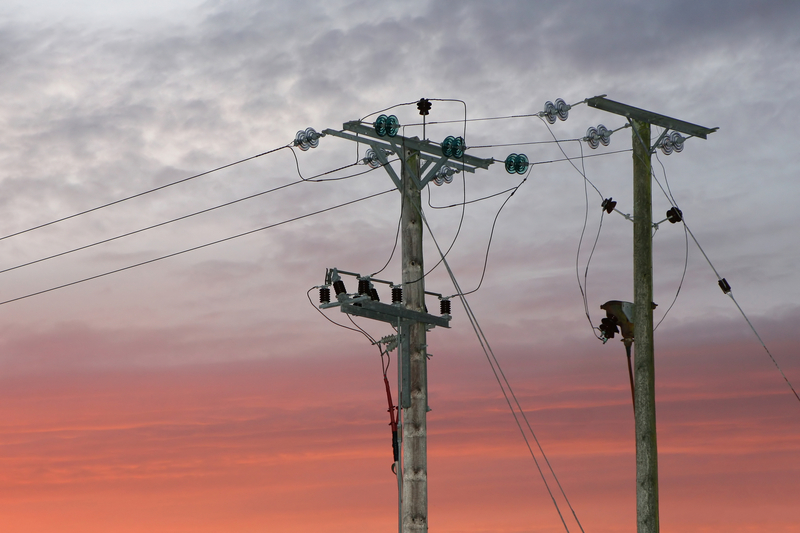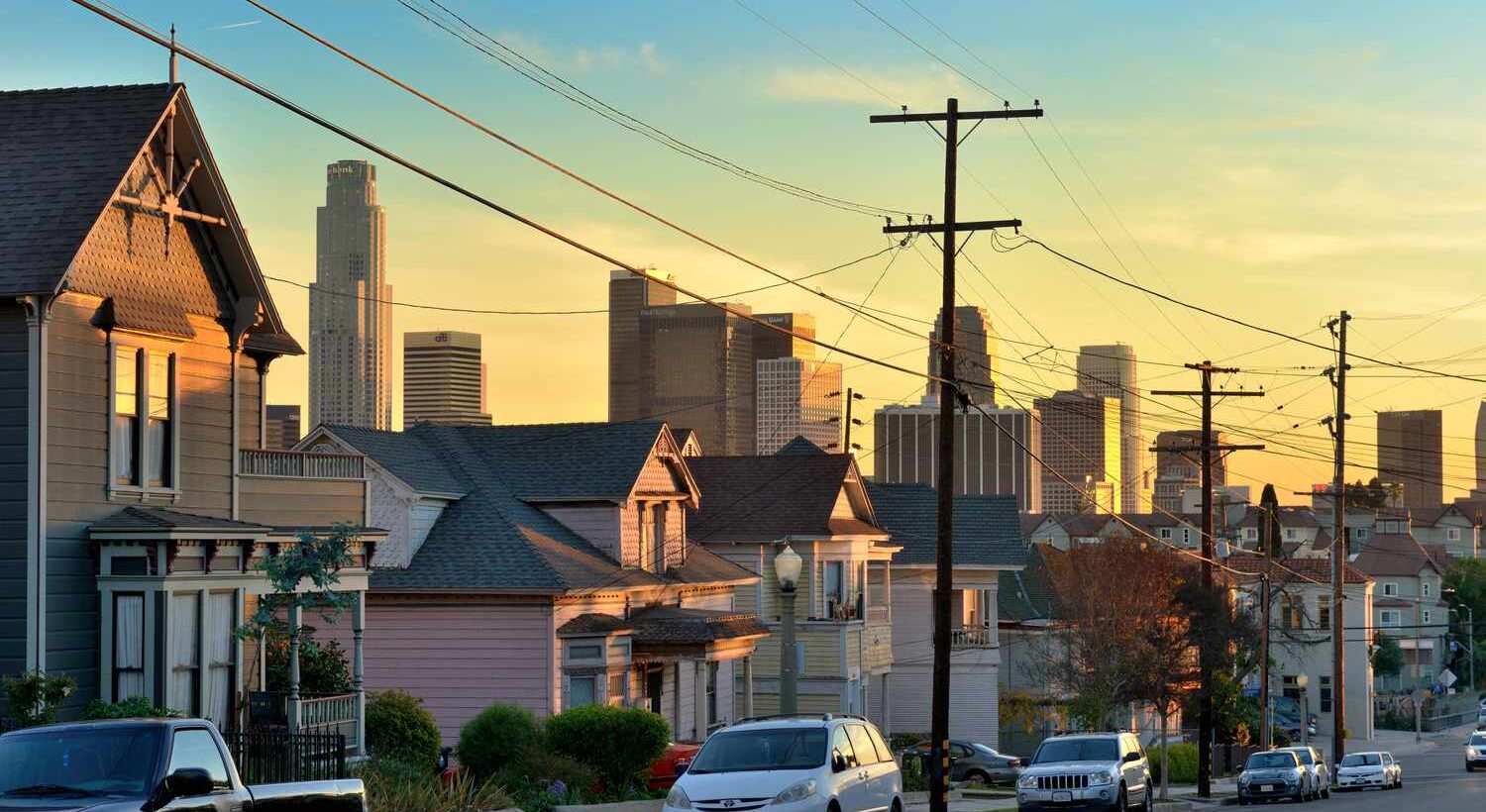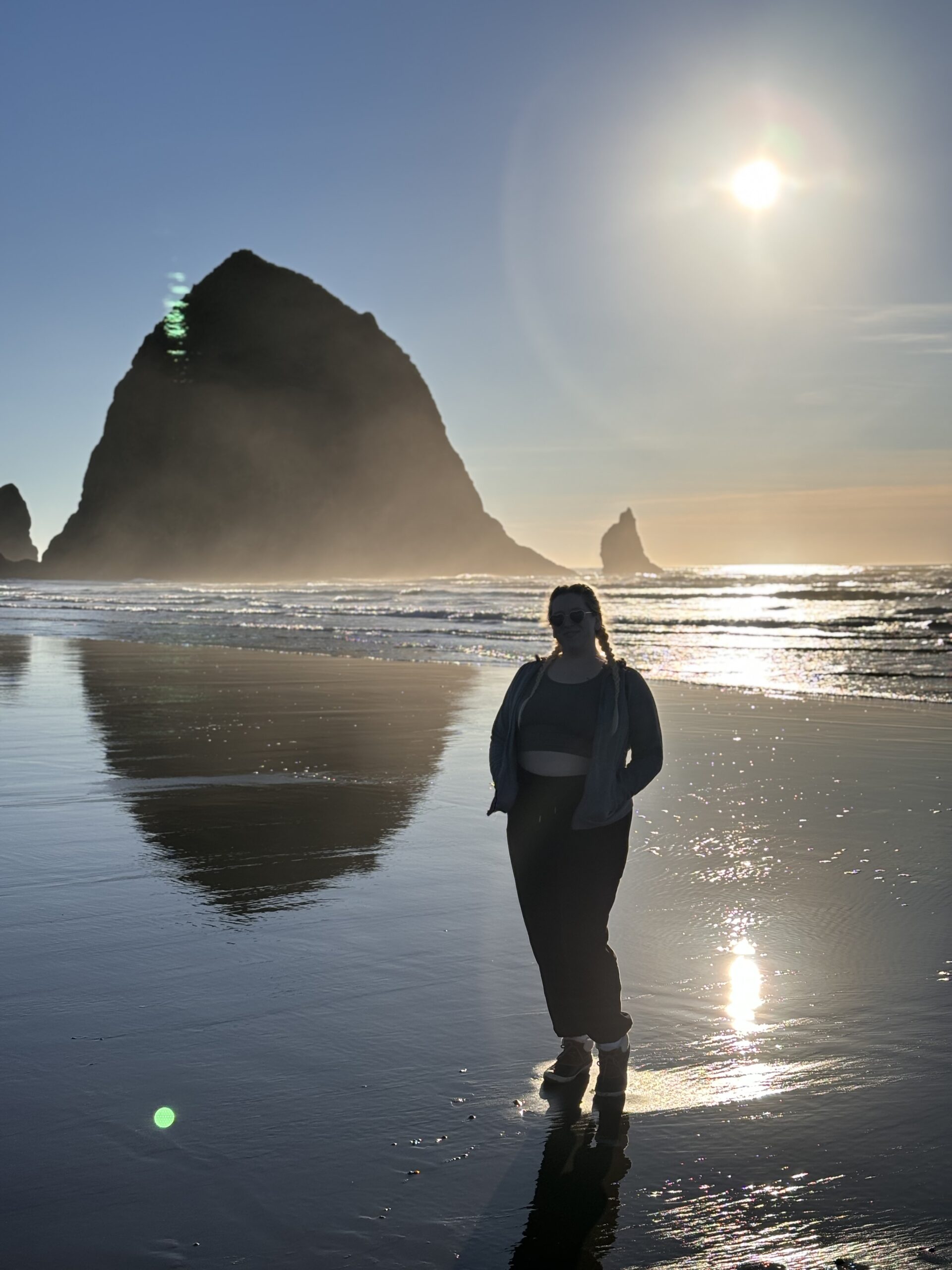This article is your guide to the power grid. The power grid is like the roadway connecting all the electricity that powers your home. That includes power plants, power lines, and distribution centers throughout the country. So, if you want to learn more about the power grid and how it works, keep reading.
Here at The Energy Professor, we want to give you the information you need to not only save money on your energy bill but to also become more energy efficient. We hope find this post helpful and it makes it easier for you to know more about the power grid. Be sure to also check out our one-of-a-kind energy savings calculator!
The Energy Professor Electricity Rate Check Tool
What is the Power Grid?

The power grid, also known as the electric grid or energy grid, is a complex system designed to deliver electricity from producers to consumers. It includes a network of power plants that generate electricity, high-voltage transmission lines that carry electricity over long distances, and distribution lines that deliver electricity to homes and businesses. The United States power grid is an engineering marvel, stretching across the continent and divided into three major interconnections: the Eastern, Western, and Texas (ERCOT) grids.
How Does the Power Grid Work?
The operation of the power grid can be broken down into three primary functions: generation, transmission, and distribution.
- Generation is the process of producing electrical power. It occurs in power plants, which can use a variety of energy sources, including fossil fuels, nuclear energy, and renewables like wind, solar, and hydroelectric power.
- Transmission involves carrying electricity from power plants to substations via high-voltage transmission lines. These lines can transport electricity over long distances with minimal energy loss, making them the backbone of the electric grid.
- Distribution is the final step, where electricity is delivered from substations to consumers. Before reaching homes and businesses, the voltage is stepped down to a safer level through transformers.
How Many Power Grids Are There in the United States?
The United States power grid comprises three main interconnections: the Eastern Interconnection, the Western Interconnection, and the Texas (ERCOT) Interconnection. Each operates independently but can exchange limited amounts of power. This structure enhances the reliability and security of the US electrical grid, allowing each region to manage its energy needs while providing a framework for mutual support in emergencies or power shortages.
How is the grid regulated?
The regulation of the power grid in the United States involves a complex framework of federal, state, and local authorities, each with distinct roles and responsibilities. This multilayered regulatory approach ensures the grid’s reliability, safety, and accessibility, while also addressing environmental concerns. Here’s a breakdown of how the grid is regulated:
Federal Regulation
- Federal Energy Regulatory Commission (FERC): Oversees interstate electricity transactions, wholesale rates, and transmission.
- North American Electric Reliability Corporation (NERC): Ensures the reliability and security of the bulk power system, and develops reliability standards.
State Regulation
- Public Utility Commissions (PUCs)/Public Service Commissions (PSCs): Regulates electric utilities within the state, sets retail rates, and approves infrastructure projects.
- State Energy Offices and Environmental Agencies: Promote energy efficiency, renewable energy, and emission reductions; develop state-specific energy policies.
Local Regulation
- Local Municipalities and Cooperatives: Own and operate electric utilities, regulated by local governing boards which set rates and policies.
The grid’s regulation involves coordination between federal, state, and local levels, allowing for both a national strategy and regional tailoring to meet specific needs and challenges.
Related post: Are Electric Prices Going Up?
Do you Need Cheaper Electricity?
If you’ve taken the time to understand the information on your bill and discovered you’re paying more than you’d like for your electricity, have you looked around for a cheaper deal? The Energy Professor has a wealth of information on ways to save on your utilities, including details of top deals that could significantly reduce your monthly or quarterly electricity bills.
We hope you found this article helpful! If you are looking for ways to increase energy efficiency and sustainability in your home be sure to take a look at all of the latest renewable energy options in your area. The Energy Professor helps residential and small business owners find qualified energy suppliers in New York, New Jersey, Pennsylvania, Texas, Ohio, Maryland, Illinois, and Massachusetts.


